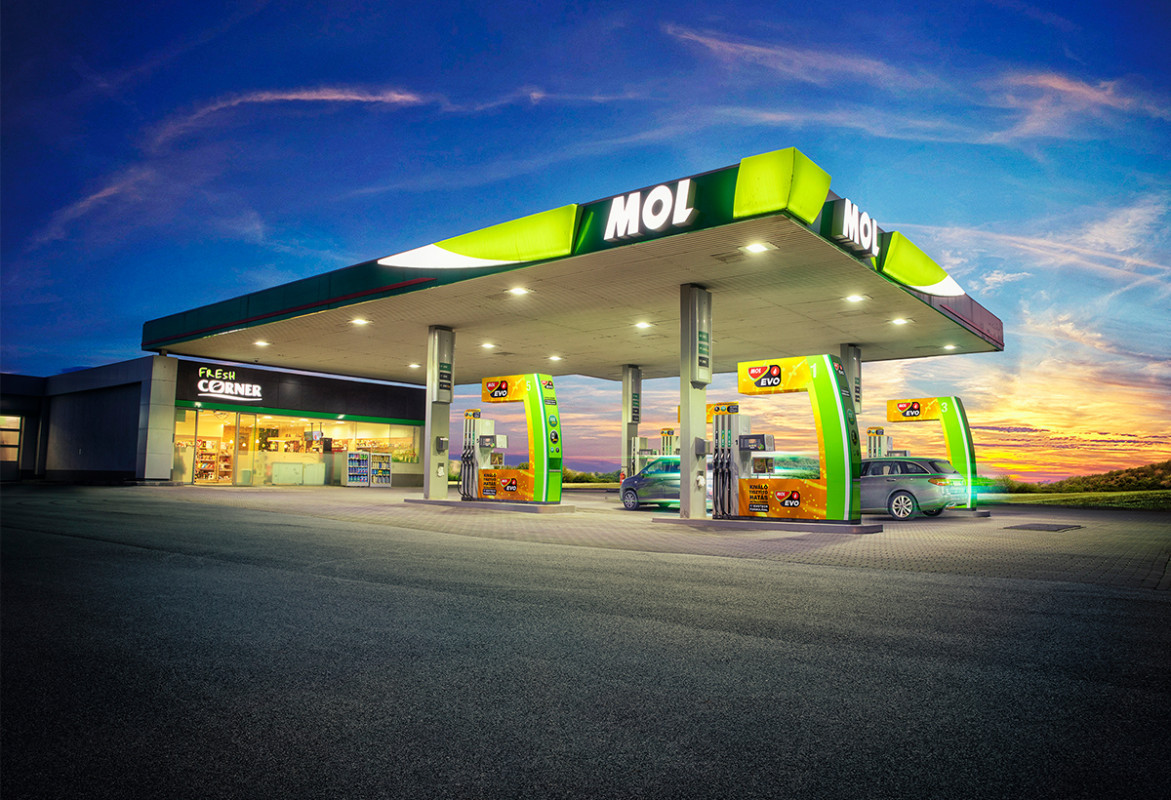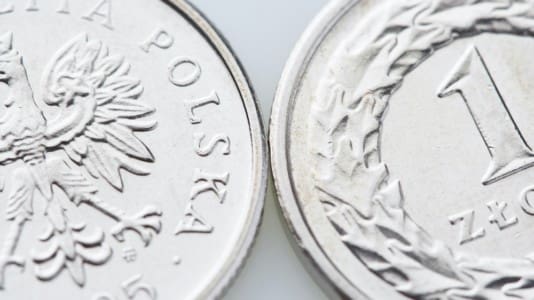In an effort to fight rising gas prices, the Hungarian government have instituted additional measures to maintain the 480 forint (€1.26) price cap on gas and diesel introduced on Nov. 15 of last year, cabinet minister Gergely Gulyás said on Thursday.
“The government insists on the fuel price cap. Energy prices and inflation are rising sharply due to recovery from coronavirus and Russia-Ukraine war,” Gulyás said at the extraordinary Government Info press briefing on Thursday evening. The minister in charge of the prime minister’s office added that there have been several news reports in recent days that the government would end the gas price stop.
In order to keep demand in check, the government has decided that vehicles, semi trucks over 7.5 tonnes and foreign vehicles over 3.5 tonnes can only be refueled at “high-pressure” gas stations at market prices. “High-pressure” gas stations are defined as those gas stations that service trucks, buses and agricultural machines.
[pp id=30986]
“With this measure, we will reduce gasoline tourism in the interest of business, so that cars and Hungarian trucks under 7.5 tons will still be entitled to access fuel at a price of 480 forints per liter. However, agricultural machinery will be exempt from the measure, as regardless of how many tons they weigh, they can still buy fuel at a price of 480 forints, the minister stated.
He emphasized that the government will reduce the excise duty on fuels by 20 forints.
As Gergely Gulyás said, the government has instructed the police to prosecute those who spread false information about an alleged shutdown of Hungary’s gas supply and promote scaremongering, as well as those who fill gas into unsuitable storage tanks. The regulation entered into force at 10 p.m. on Thursday.
Zsolt Hernádi, the head of Hungary’s largest oil and gas group and the single one who has refineries in Hungary, MOL, said that on an average day his company sells about 5 million liters of fuel directly to consumers and another 8 million to other gas station chains. However, in recent days, that 13 million liters of average demand has increased to 15 million liters.






